DIN ISO Standard Cheese Head Screws OEM CNC Machined Screws for Tight Tolerances
IN ISO Standard Cheese Head Screws OEM CNC Machined Screws for Tight Tolerances
- Beschreibung
- Bewertungen (0)
Beschreibung
What are Cheese Head Screws?
A Cheese Head Screw is a type of machine screw or self-tapping screw characterized by its distinctive head style. The head is cylindrical with a flat top and a flat bearing surface underneath, featuring a slightly rounded chamfer at the edge where the head meets the shaft. The height of the head is approximately half of its diameter, giving it a low-profile, “cheese-wheel” appearance, which is where it gets its name.
The primary function of this head style is to provide a higher bearing surface and a larger head diameter compared to a pan head, while maintaining a lower profile than a fillister head. Cheese Head Screws offer a good compromise between clearance and the ability to apply higher torque without the driver camming out, typically using a cross recess (Phillips or Pozi drive) or a slotted drive.
Materials
Cheese head screws are manufactured from a variety of materials to suit different environmental and strength requirements:
Steel (Low Carbon Steel): The most common and economical material. Offers good strength for general-purpose applications.
Stainless Steel (Grades 304 and 316): Provides excellent corrosion resistance. Grade 316 offers superior resistance to salts and chemicals, making it ideal for marine and food-grade applications.
Brass: Offers good corrosion resistance, especially in marine environments, and is non-magnetic and electrically conductive.
Aluminum: Used for its very light weight and good corrosion resistance. It is softer and weaker than steel.
Nylon / Plastic: Used in non-conductive, non-magnetic, and lightweight applications where corrosion is not a concern.
Surface Treatments
Surface treatments of Cheese Head Screws are applied to enhance corrosion resistance, appearance, and sometimes lubricity.
Zinc Plating (Electroplating): The most common finish for steel screws. Provides a shiny silver appearance and good corrosion resistance. Often followed by a clear or blue chromate conversion coating for enhanced protection (creating a finish known as “clear zinc” or “blue zinc”).
Black Oxide: Provides a matte black finish that offers mild corrosion resistance and reduces light glare. It is a conversion coating, not a plating.
Nickel Plating: Offers a hard, smooth, and corrosion-resistant surface with a shiny silver appearance.
Phosphate Coating: Mainly used as a base for paint or oil retention, providing good corrosion resistance when oiled.
Passivation: A chemical process for stainless steel that removes free iron from the surface, enhancing its natural corrosion resistance without altering its appearance significantly.
Specifications of Cheese Head Screws
Key specifications for defining cheese head screws include:
Drive Type: Most commonly Phillips (PH) or Pozi drive (PZ), but also available in slotted (flat head) and less commonly, Torx (T).
Thread Type: Machine screw threads (e.g., M3, M4, #4-40, #6-32) for use with pre-tapped holes or nuts, or self-tapping threads for cutting into plastic or soft metals.
Diameter (Thread Size): The major diameter of the thread (e.g., M3, M4, #6, #8).
Length: Measured from under the head to the tip of the screw.
Head Diameter: Larger than most pan heads, providing a greater bearing surface.
Standards: Can be manufactured to various international standards like ISO (International), DIN (German), or ANSI/ASME (American).
Application Fields of Cheese Head Screws
Cheese head screws are versatile and used in many industries where a low-profile head with good torque capability is needed:
Electronics & Electrical Enclosures: Securing panels and components in computers, control boxes, and appliances.
Automotive Interiors: Assembling interior trim panels, dashboards, and electrical components where a low-profile head is desirable.
General Manufacturing & Machinery: Used in a wide array of products for general assembly.
Furniture Assembly: Particularly in older or industrial-style furniture.
Plastics Assembly: Self-tapping cheese head screws are often used to join plastic components.
An Excellent Case: Securing an Automotive Dashboard Control Unit
Scenario: An automotive engineer is designing the mounting for a critical electronic control unit (ECU) behind the dashboard of a new car model. This ECU must be securely fastened to a metal bracket to prevent vibration-induced failure, but space is extremely limited. The screw head must not protrude too far to avoid interfering with other dashboard components. The assembly will be done on a fast-moving production line, requiring a drive system that allows for efficient installation.
The Problem: Using a standard pan head screw might protrude too much and cause interference. A flat head (countersunk) screw would be flush but requires a precise conical hole, which adds cost and complexity to the bracket and doesn’t handle vibrational loosening as well. The screw needs to be installable quickly with a power driver.
The Solution: The engineer specifies Phillips drive, cheese head screws (e.g., M5 x 16mm) made from stainless steel (A2-70 grade) with a blue zinc chromate finish for corrosion resistance.
Why it Works Perfectly:
Low Profile: The cheese head’s lower height provides the necessary clearance in the tight space behind the dashboard, preventing interference with overlying components.
High Torque & Secure Drive: The Phillips drive allows for rapid installation on the assembly line. The larger head diameter and deeper drive recess compared to a pan head provide a greater bearing surface and reduce the risk of the driver bit camming out and stripping the head during high-torque installation.
Vibration Resistance: The wide, flat bearing surface under the head distributes clamp load evenly and, when used with a split lock washer, effectively resists loosening from vehicle vibration.
Durability: The stainless steel material and zinc plating ensure the screw will not corrode from humidity or temperature changes inside the vehicle over its 15+ year lifespan.
Outcome: The ECU is mounted securely and reliably for the entire life of the vehicle. The production line achieves fast and error-free installation with minimal stripped screw heads, reducing assembly time and cost. This simple, cost-effective component choice ensures the critical electronic unit functions perfectly without failure due to a loose mount, directly contributing to the vehicle’s quality and reliability.


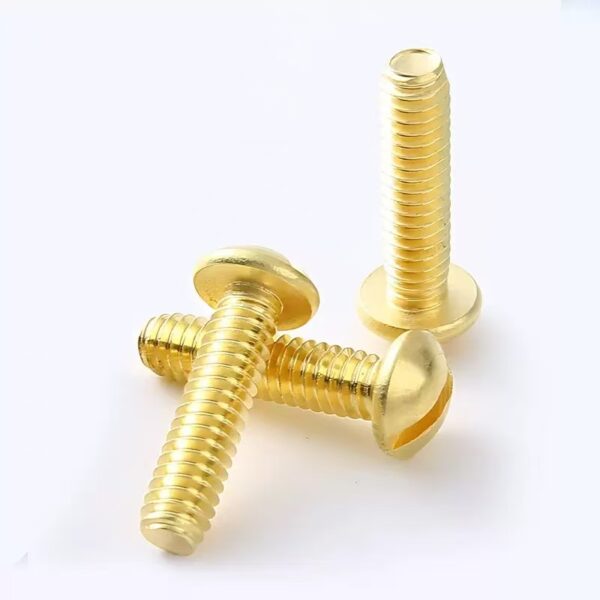

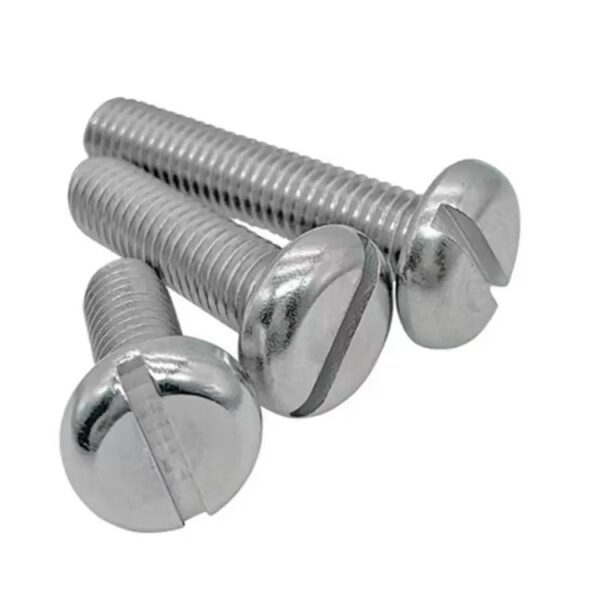
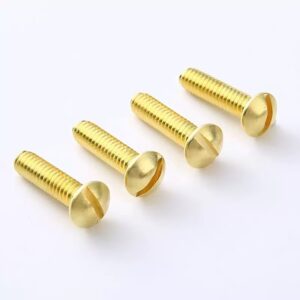
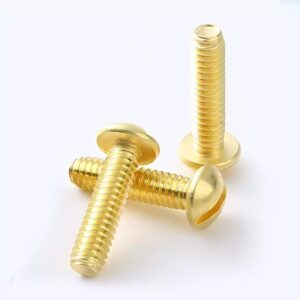
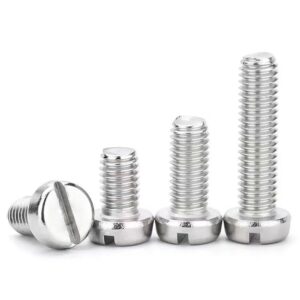
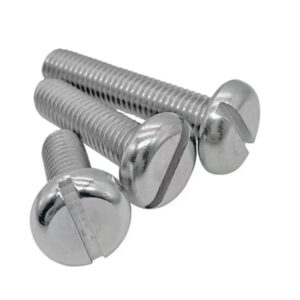


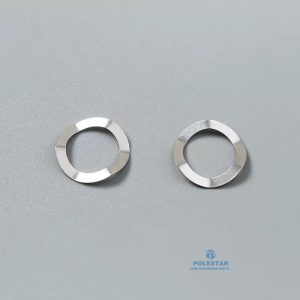
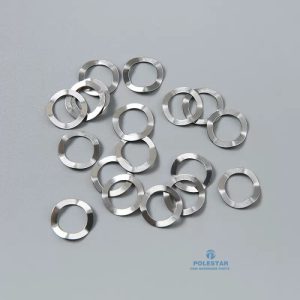
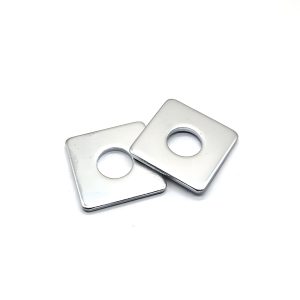
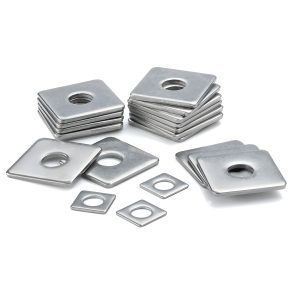

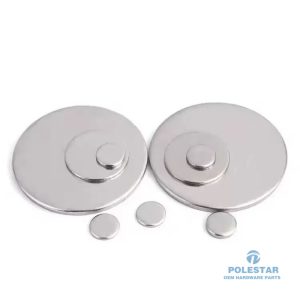
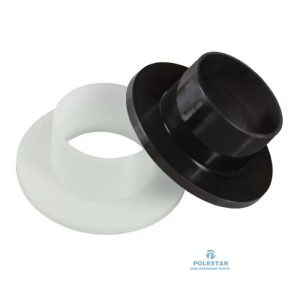
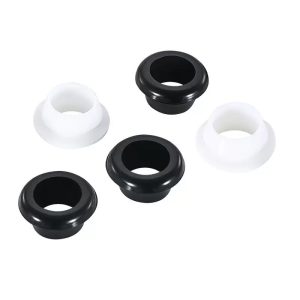
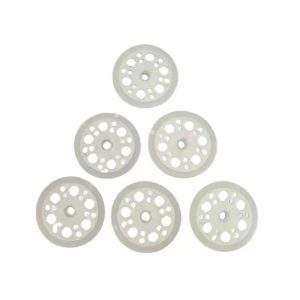
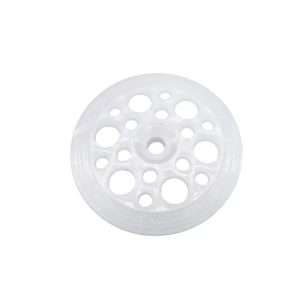
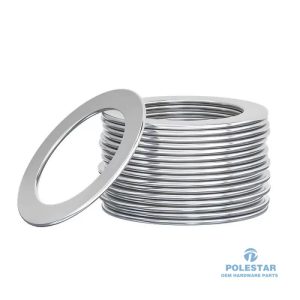
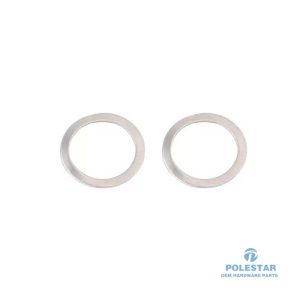
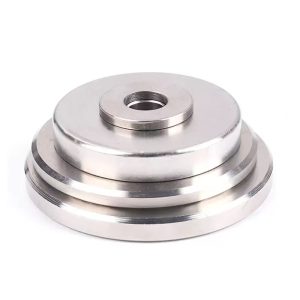
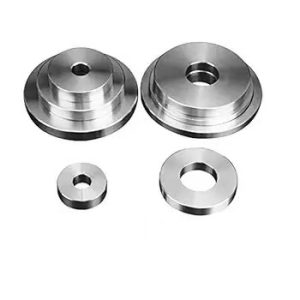
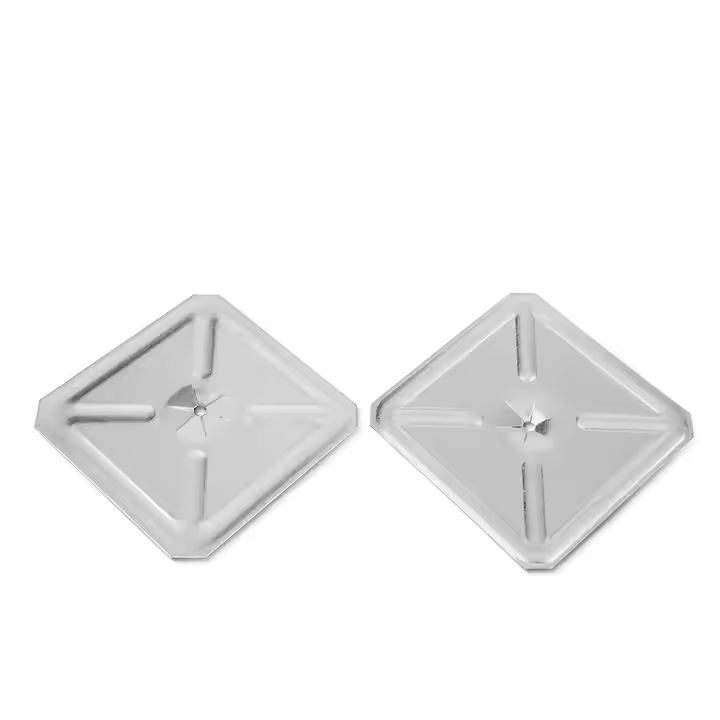
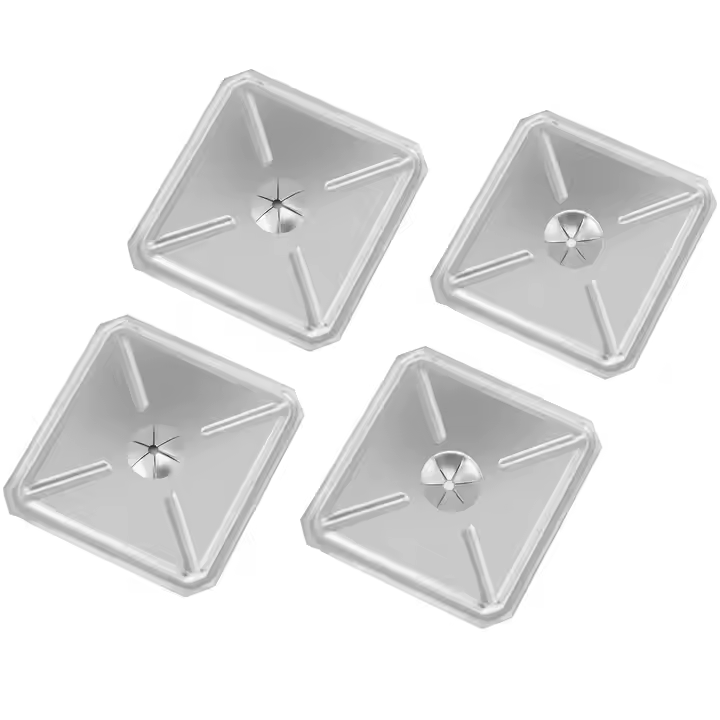

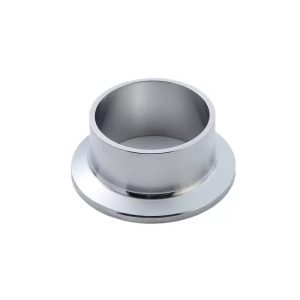

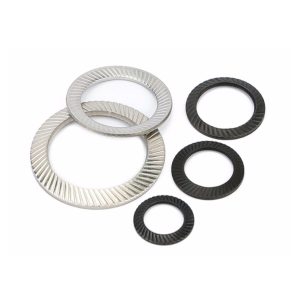
Bewertungen
Es gibt noch keine Bewertungen.